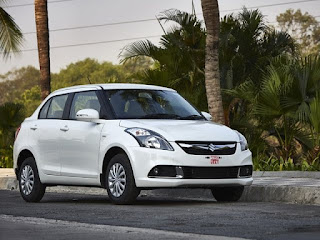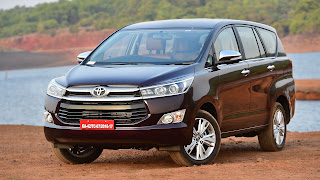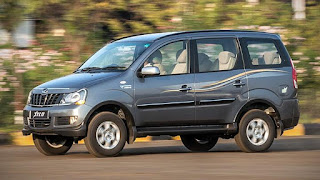Regulators must be cautious about app-based cab services - Sri Siva Sakthi Travels
Kumbakonam Call Taxi Tariff - Sri Siva Sakthi Travels

In October, Delhi became the first Asian city to partner with Uber to put Delhi Metro as a transit option on Uber’s mobile app. Delhi Metro users will soon be able to use the cab aggregator’s services from dedicated pick-up and drop-off zones at 210 stations — the Delhi Metro Rail Corporation (DMRC) has 274 stations — across the capital. At the launch, DMRC managing director, Mangu Singh, said: “The new initiative, which integrates public transport with mobility operator like Uber will certainly boost first-and last-mile connectivity solutions for around six million passenger journeys taken on the Metro system. We have provided several solutions to improve last-mile connectivity.”
https://srisivasakthitravels.com/
Uber’s CEO Dara Khosrowshahi reiterated how his company aims to be the “operating system of everyday life” of its users. While Delhi Metro’s latest effort to integrate its services with Transportation Network Companies (TNCs) such as Uber are appreciable, it is the latter’s aspirations of becoming the be-all and end-all for commuters that should ring alarm bells.
In June, when the Port Authority of New York and New Jersey decided to charge a fee from all the on-demand taxis accessing its airports, Uber’s spokesperson wrote back saying: “We want to continue to work with the Port Authority, but riders deserve to know that the tens of millions of dollars in new fees the authority has proposed won’t be wasted.”
A seemingly pro-consumer statement of this kind has two major problems. First, can a private ride-hailing entity claim to represent all riders, and, second, does it have a right to ask a public-service government authority how it aims to spend its revenue? This posturing has wider ramifications where the TNCs, emboldened by their size and user base, attempt to impose their opinion over the local transport regulators — using professional propaganda agencies and mobilising users through letters, emails and messages.
With the main objective of TNCs being emerging as a monopoly, the same turf battles that are being fought in developed countries can be replicated elsewhere too. Malaysia till recently had two major TNCs — Uber and Grab, with SoftBank owning a major stake in both the entities. In March 2018, SoftBank decided to consolidate and let one regional winner, Grab, capture all the market in the region, a pattern witnessed earlier in China and Russia. How does this affect city mobility? Should this be allowed as a policy? What happens to the two cornerstones of free market — competition and choice?
India has two major players — Uber and Ola, with SoftBank again having large shares in both the entities. What if SoftBank asks one of them to wind up its operations, thus giving the country just one option (there are other smaller players but they are small fry)? Our policymakers in India need to take notice of this possible eventuality. One of SoftBank’s director on Uber’s board has opined that the company’s plans to exit unprofitable markets (which is the case with India) and focus on the growth markets of United States, Latin America, Europe and Australia.
Our transit regulators also have to be alert and critical of the oft-repeated claims by TNCs of reducing congestion. A research done at Massachusetts Institute of Technology proves that TNCs tend to replace public transport at city centres, which have the maximum congestion in the first place. In the city of San Francisco, they have been responsible for reduction in public transit by 13%. The shifting narratives by these TNCs too should also be a cause for concern. Uber initially saw public transportation as a competition to its business. However, later, it backtracked, and now projects itself complementing public transportation.
At the same time, it would not be wrong to say that transport regulators in most cities have not been proactive with their policies, or up to date with latest developments. They often get stumped and either ban new innovations or just get dictated by the propaganda that the behemoth TNCs play. A nuanced response is missing most often. Transport regulators have a tough time ahead, and need to be prepared.
The Delhi Metro, while signing this novel agreement with Uber, must also ensure strict data privacy and protection rules. In the past, Uber has been accused of violations like tracking specific individuals, and attempting to deceive regulatory authorities, using a special tool called Greyball. It becomes pertinent for our transport regulators to have the skills needed to monitor such technology companies.
At the end of the day, a conscious decision also needs to be taken as to what type of transit entities we want — a super-powerful private entity answerable to none, or an entity which is answerable to public and is reined in by the democratic checks and balances. And this is where the role of transport regulators becomes paramount today. They must live up to the challenge, the stakes are too high for them to lose this battle.




Comments
Post a Comment